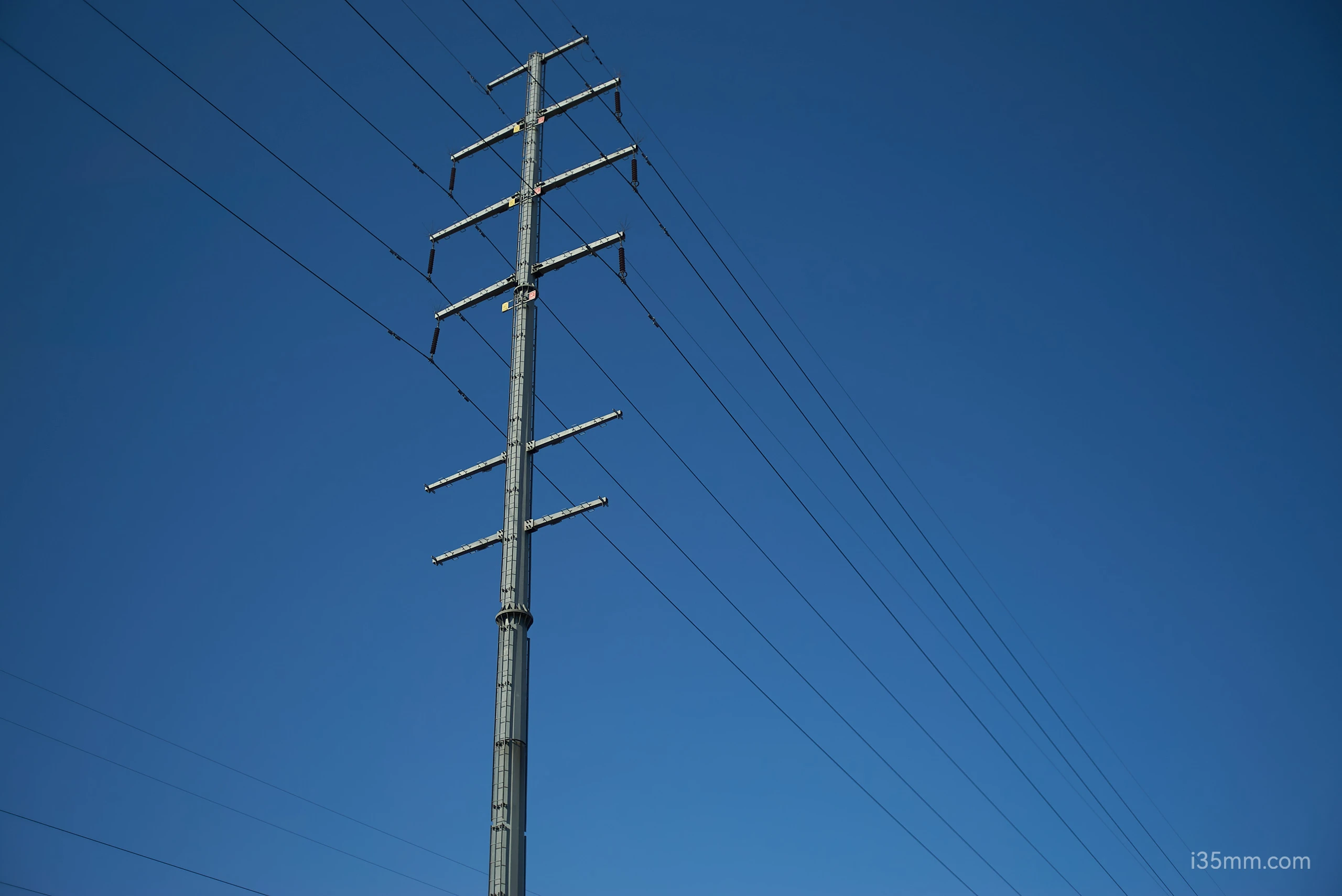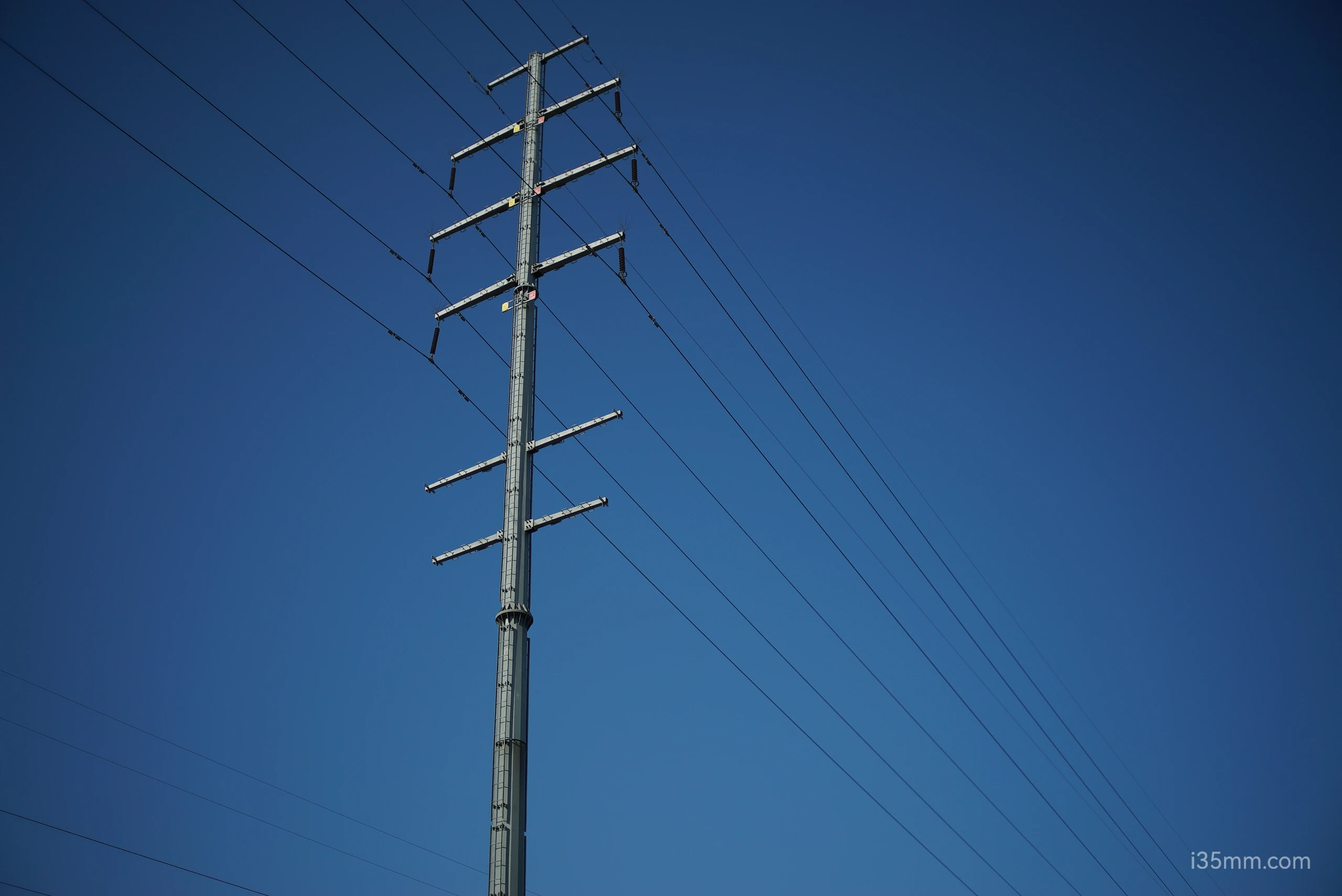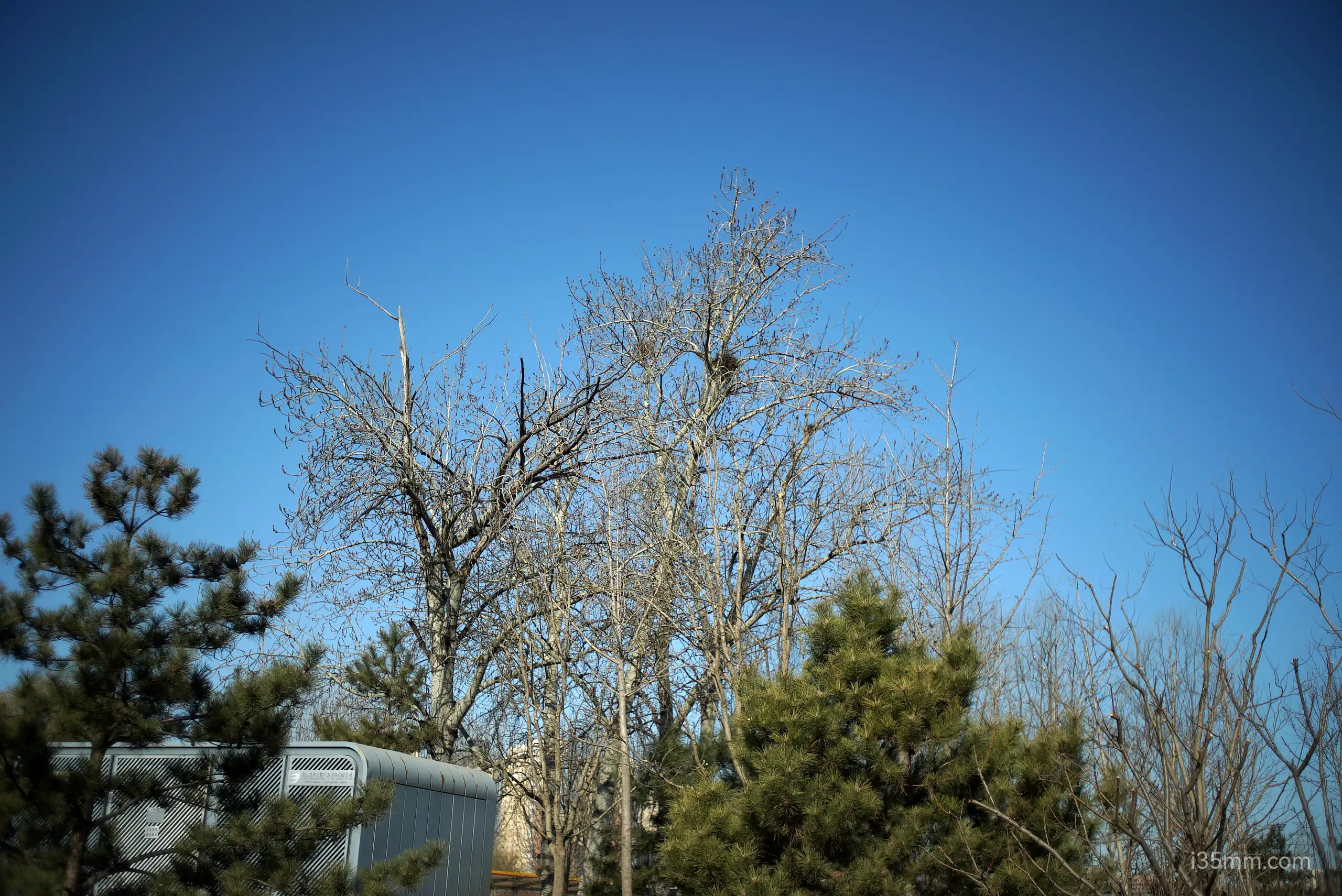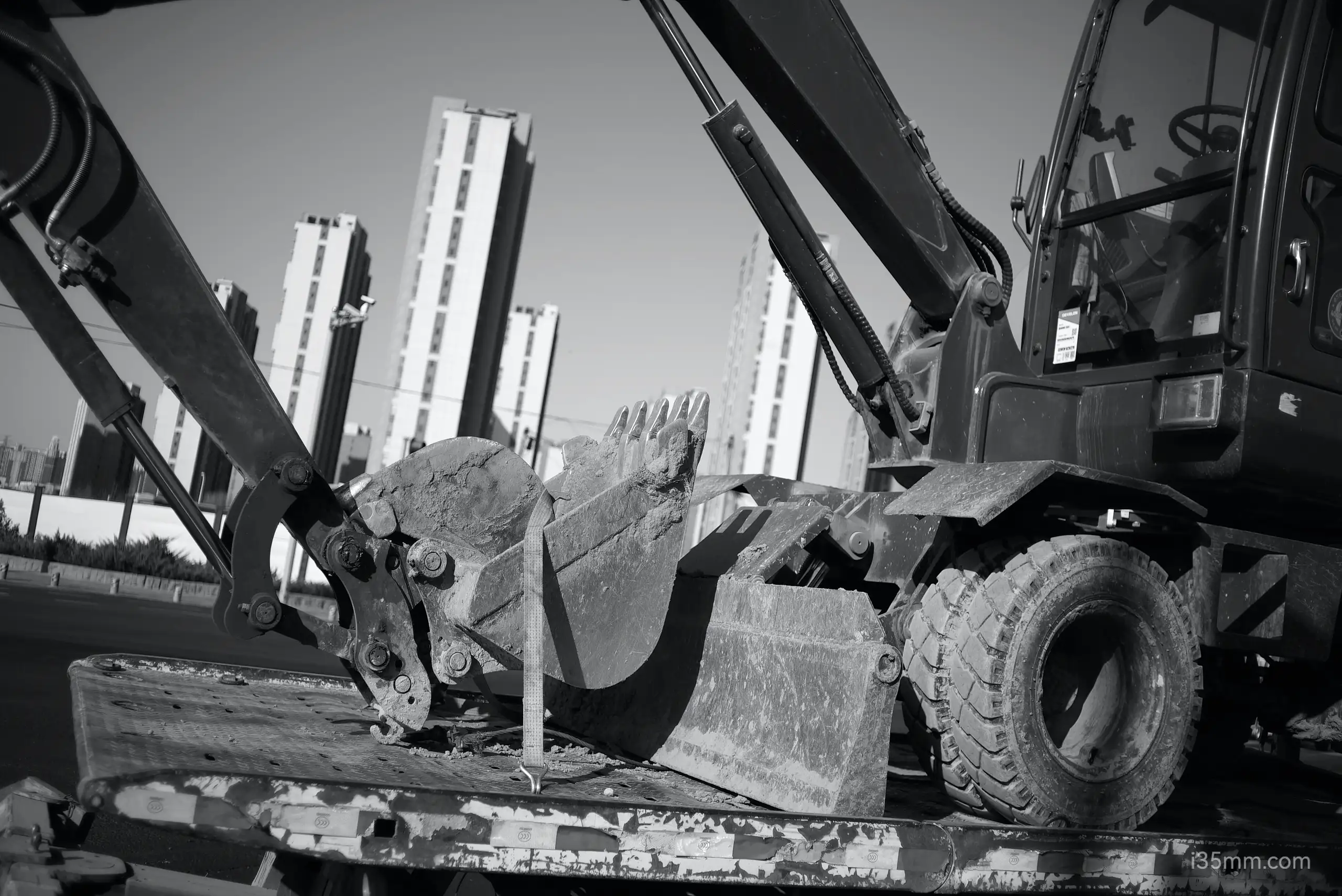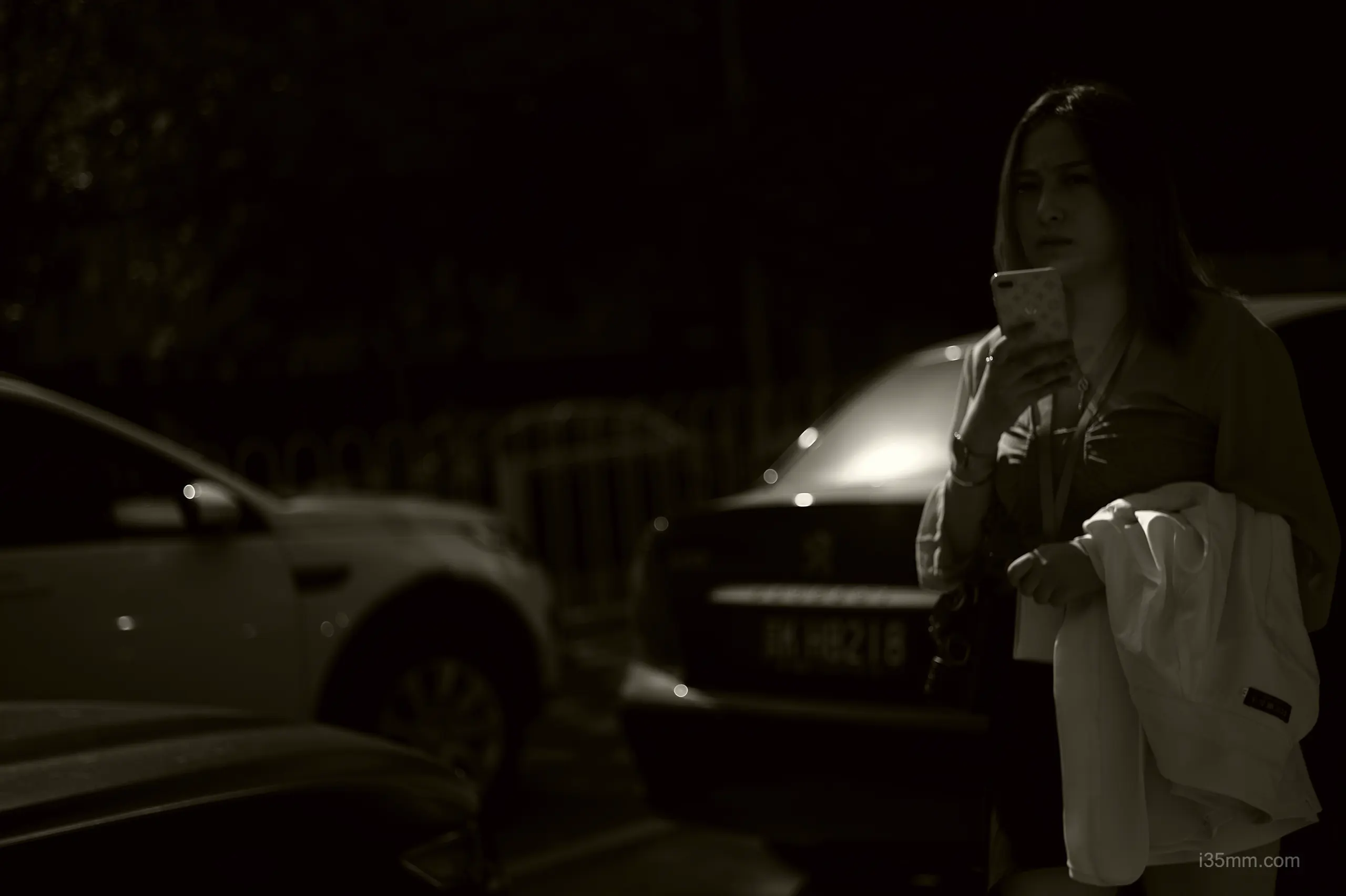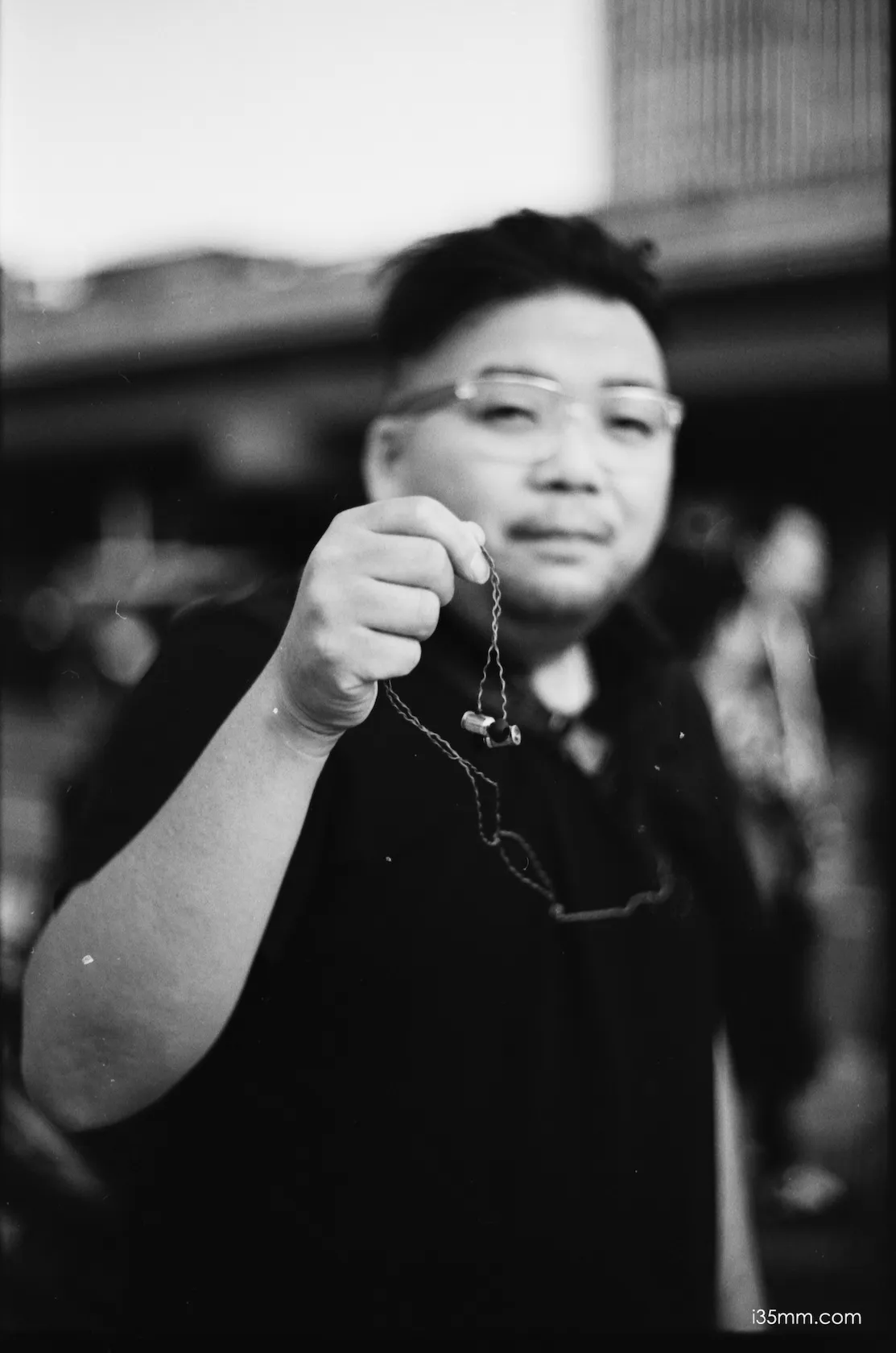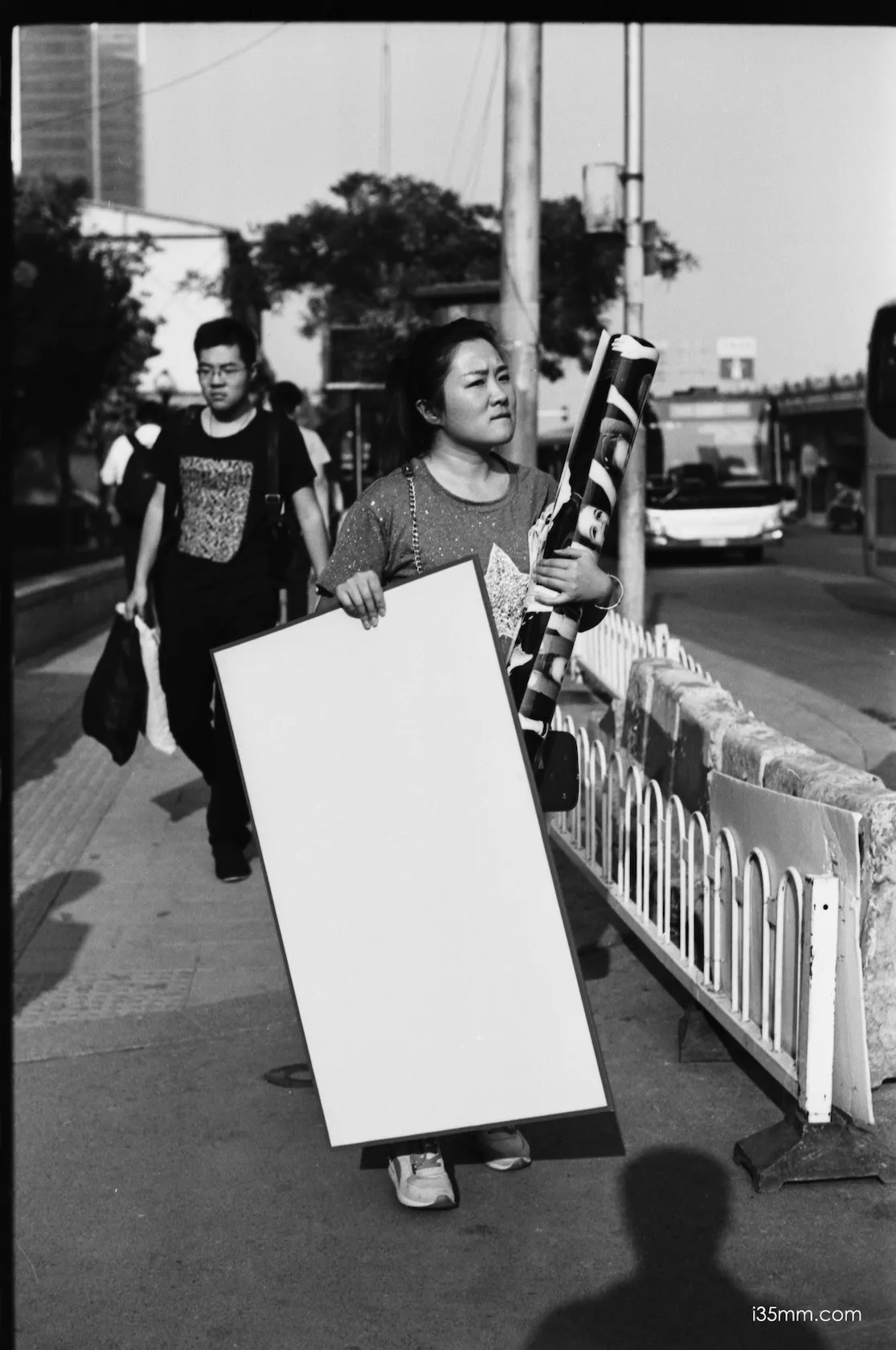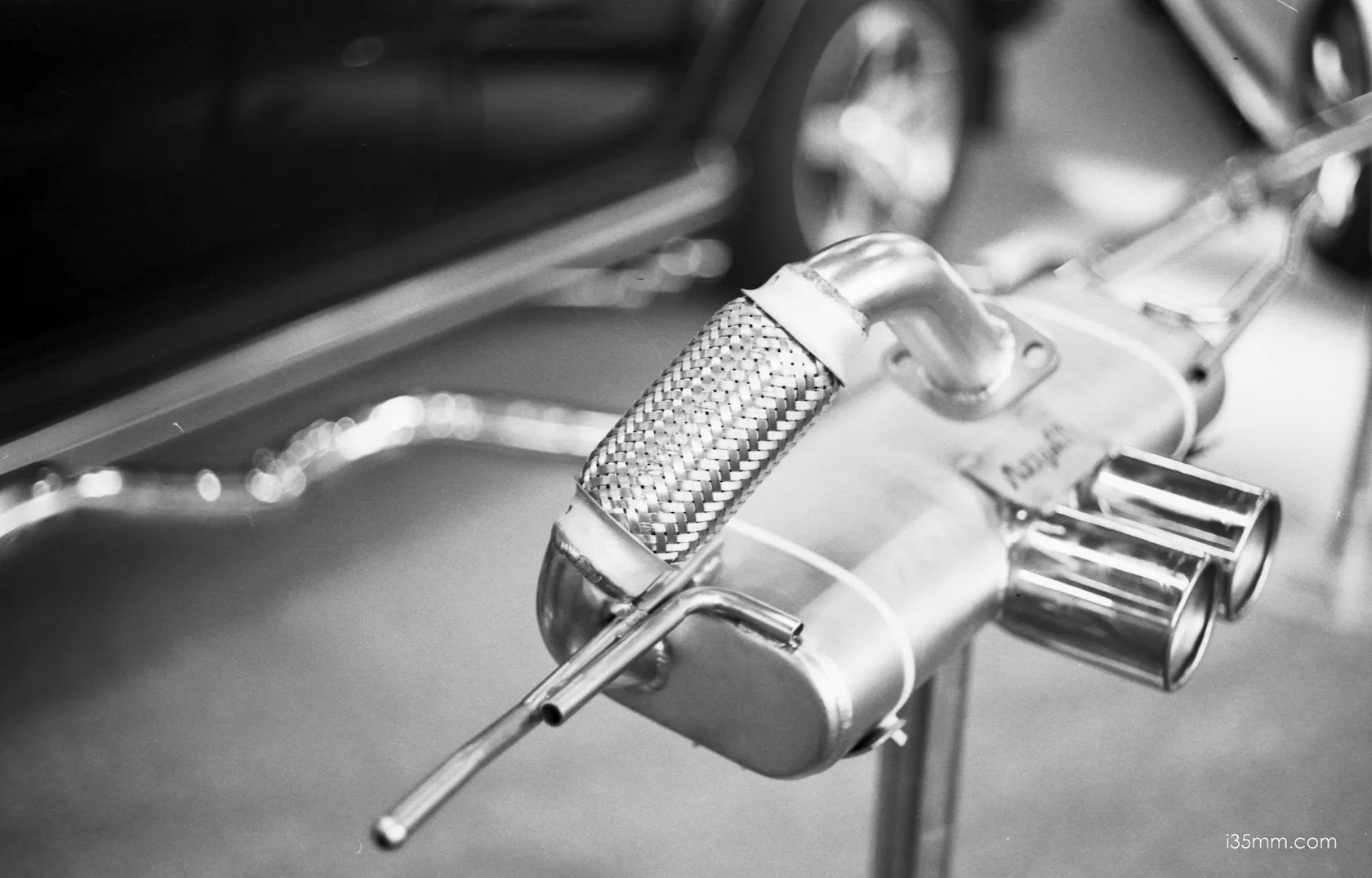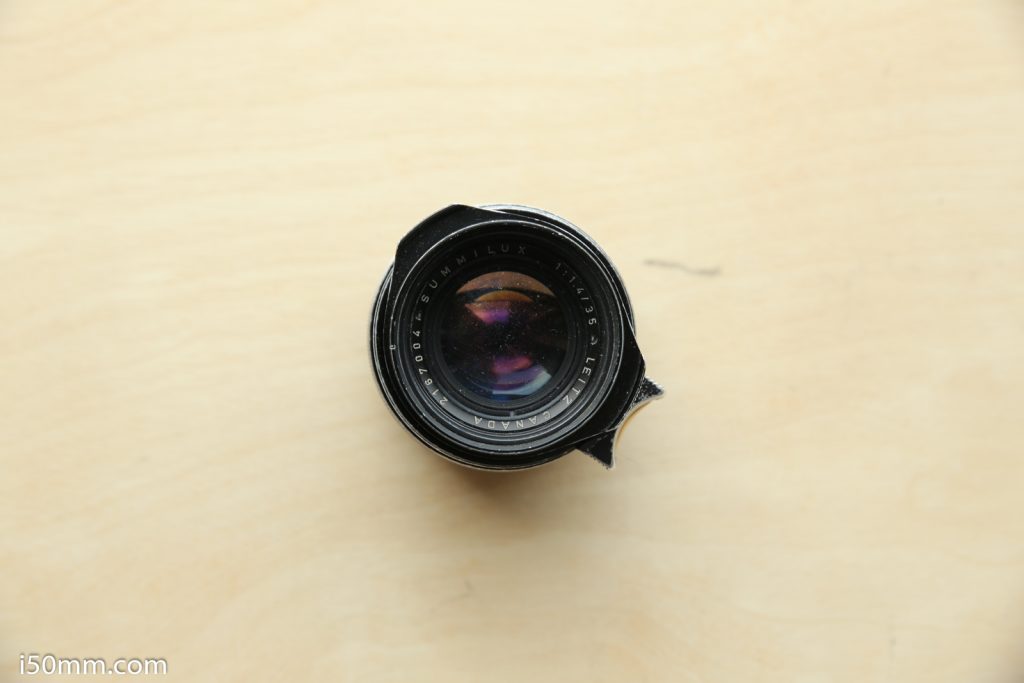The Joy of Imperfection
In an age where cameras sprint after specs like greyhounds chasing robot rabbits—panting for more megapixels, more frames per second—the Konica Recorder lounges in the corner, unimpressed. It’s a dog-eared paperback, slightly yellowed, sitting smugly amid a library of glossy 4K e-readers who whisper, “Upgrade me.”
This 1984 relic, half plastic, half metal—a haiku interrupted by a hiccup—weighs less than a barista’s latte spoon (390g). It costs about as much as a week’s worth of avocado toast (180–180–220 in 2025 USD), which is to say: not much, unless you’re the toast.
It doesn’t strut around promising perfection, doesn’t care for your Instagram likes. Instead, it offers a shrug and a truth: “To record life, let the light sneak in through the cracks—neatness is overrated, darling.”






Design: The Art of Casual Elegance
- Unapologetic Plastic: Not Leica’s cold brass, but the warm texture of a kindergarten’s well-loved building blocks. The slide-open lens cover clicks like a librarian’s favorite stamp—functional, nostalgic, irreplaceable.
- Battery Zen: Two AAs hum where others demand boutique cells. A fifth of its body is power storage—fitting for a camera that outlasts trends like mountains outlast rain.
- Hexanon Soul: The lens hides Konica’s secret—optical clarity sharper than a Parisian’s wit, yet gentler than dawn light through lace curtains.
Continue reading Konica Recorder: The Camera That Whispers to Time
